The Grace of Four Moons

The Grace of Four Moons
Dress, Adornment, and the Art of the Body in Modern India
Pravina Shukla
Photographs by Pravina Shukla and Henry Glassie

This book is a publication of
Indiana University Press
Office of Scholarly Publishing
Herman B Wells Library 350
1320 East 10th Street
Bloomington, Indiana 47405 USA
iupress.indiana.edu
First paperback edition 2016
2008 by Pravina Shukla
All rights reserved
No part of this book may be reproduced or utilized in any form or by any means, electronic or mechanical, including photocopying and recording, or by any information storage and retrieval system, without permission in writing from the publisher. The Association of American University Presses Resolution on Permissions constitutes the only exception to this prohibition.
The paper used in this publication meets the minimum requirements of the American National Standard for Information SciencesPermanence of Paper for Printed Library Materials, ANSI Z39.48-1992.
Manufactured in the United States of America
The Library of Congress cataloged the original edition as follows:
Shukla, Pravina.
The grace of four moons : dress, adornment, and the art of the body in modern India / Pravina Shukla ; photographs by Pravina Shukla and Henry Glassie.
p. cm.
Includes bibliographical references and index.
ISBN 978-0-253-34911-8 (cloth)
1. Clothing and dressIndia. 2. SarisIndia 3. Wedding costumeIndia. 4. Dress accessoriesIndia I. Title.
GT1460.S55 2008
391.00954dc22
2007032051
ISBN 978-0-253-02113-7 (paperback)
ISBN 978-0-253-02121-2 (e-book)
1 2 3 4 5 21 20 19 18 17 16
For my mother,
Neeru Shukla,
whose beauty and strength of character
have always inspired me
Contents
Acknowledgments
IN MY CHILDHOOD, when my mother would choose a sari to wear to a dinner party, she would place the sari on her bed, and assign me the task of assembling a matching bangle set for her to wear later that evening. I got an early entry into the creative and satisfying endeavor of bodily adornment, one in which color, texture, sound, and material come together, daily, into a dazzling, portable work of art. I dedicate this book to my mother, Neeru Shukla, who encouraged my personal interest in dress and bodily adornment by creating her own ensembles with care and even designing her own saris. My sisters Divya and Bobby, along with my mother, have all provided me with positive female role models, showing me that loyalty, integrity, and beauty can graciously coexist.
My second debt is to my teachers, who encouraged my scholarly interest in folklore, material culture, dress, and adornment. I thank Alan Dundes, who introduced me to folklore at UC Berkeley, and I thank my teachers and friends at UCLA: Robert Brown, Donald Cosentino, Robert Georges, Fran Krystock, David Mayo, Owen Moore, and Peter Tokofsky. I am especially grateful to my wonderful mentors, Michael Owen Jones and Doran Ross, for teaching me how to study art in culture.
This book could not have been possible without the generosity of the many people in India who valued my fieldwork and provided me with hours of interviews, welcoming me into their homes, shops, ateliers, and into their lives. I am especially grateful to the following friends and family members in India: Hashim Ansari, Neelam Chaturvedi, Vidhu Chaturvedi, Mathuri Chaubey, Anjali Devi, Jitendra Dubey, Kamala Dubey, Nirmala Dubey, Shipra Dubey, Hemant Khanchandani, Nina Khanchandani, Parmanand Khanchandani, Anand Kumar, Chaman Lal, Ashok Kumar Manik, Preetam Kumar Manik, Priya Kumar Manik, Sant Kumar Manik, Gopal Prashad Meenekar, A. P. Mishra, Garima Mishra, Sheela Mishra, Vaibhav Mishra, Vikas Mishra, Priya Misra, Sarala Pandey, Shantibhandra Shah, Shashi Shah, Shalini Shrivastava, B. D. Soni, Mukta Tripathi, and Alok Upadhyay.
For supporting my fieldwork in Banaras and India, and for funding other trips to study body adornment, I acknowledge the following sources: UCLA Fowler Museum of Cultural History Robert C. Altman Memorial Award, UCLA Fowler Museum of Cultural History Arnold Rubin Memorial Award, Los Angeles Bead Society, Indiana University Summer Faculty Fellowship, The Ford Foundation, and the Silk Road Project.
The following people read versions of this book, providing me with support and helpful suggestions: Donald Brenneis, Henry Drewal, Bill Ferris, Ann Grodzins Gold, Sarah Lamb, Margaret Mills, and Jerry Pocius. I am especially thankful to the members of the editorial board of this series for their help with shaping the final manuscript: John Burrison, Marjorie Hunt, George Jevremovi, and Terry Zug.
I thank Zsuzsanna Cselnyi, Linda Dgh, Carrie Hertz, Arle Lommel, Fernando Orejuela, Chapla Verma, and Adam Zolkover for help with locating sources and with the style and language of the book. I also acknowledge the help and support of Karen Duffy, Pat Glushko, Sarah Lash, Samantha Matlock, Hilary Virtanen, and Rich Walter. I am also grateful to the useful comments and insights of the students in my graduate seminars on dress and body art. Some of those comments have helped me clarify parts of this book.
I am indebted to the able staff at Indiana University Press for their help throughout the long process of publication, especially to Janet Rabinowitch, Michael Lundell, Rebecca Tolen, Laura MacLeod, Miki Bird, and to Candace McNulty for her copyediting.
My thinking about material culture has been enhanced by the various opportunities I have had of working collegially with bright scholars. I am fortunate to have worked at the American Museum of Natural History with Enid Schildkrout and Heather Nielsen, and I benefited from interactions with the following folklorists in New York City: Robert Baron, Kathy Condon, Kay Turner, and Steve Zeitlen. In 2002, at the Smithsonian Folklife Festival, I was privileged to work with Richard Kurin, Diana Parker, Marjorie Hunt, and Diana Baird NDiaye.
Many colleagues at Indiana University supported my work. In the Department of Folklore and Ethnomusicology, I thank Dick Bauman, Sandy Dolby, Jason Jackson, Portia Maultsby, John McDowell, David Shorter, and Ruth Stone. I am lucky to have colleagues nearby who share my interest in the study of Indian culture, and for that I thank Purnima Bose, Sumit Ganguly, Radhika Parameswaran, and Rakesh Solomon.
My greatest debt is to my husband, Henry Glassie, for shaping this book and for changing my life. Henry accompanied me twice to Banaras for long periods of fieldwork, and in addition to drawing the maps, he took many of the beautiful photographs in the book. Through his exemplary studies of Ireland, Turkey, and Bangladesh, Henry has taught the world about art and the craft of ethnography. Through his support and affection, he has taught me about loveunconditional and blissful.
Part 1. Introduction

1

Body Art in Banaras
EVERY ONE OF US gets dressed in the morning, every day of our lives. Clothing is one of the principal ways by which we express at once our personal identities and our culture. Dress, along with architecture and food, fulfills basic human needs for protection and creativity, while responding to environmental and social conditions. Since all people engage in these shared mediums of expression, one way to understand and compare culturesand to see regional, local, and personal differences within culturesis to examine specific modes of clothing, housing, and feeding the body. Schools and museums often utilize this basic triad in introducing children to the diversity of the worlds populations.
Next page

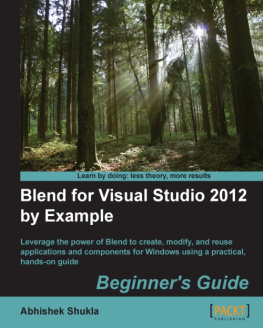

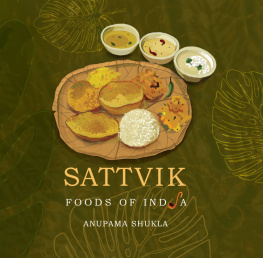
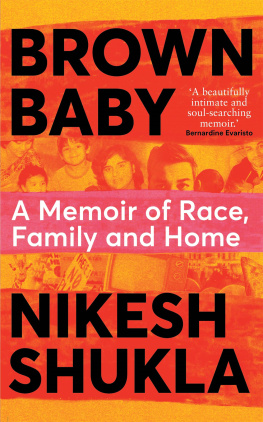

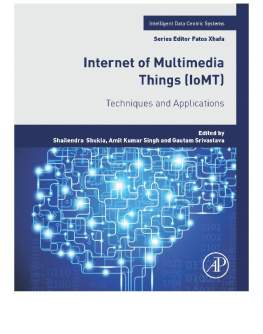
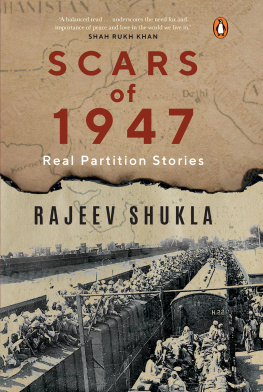
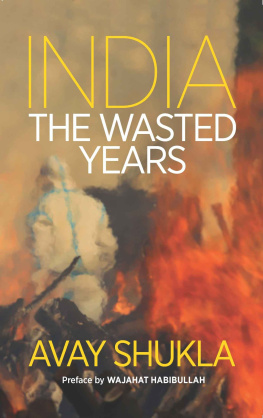


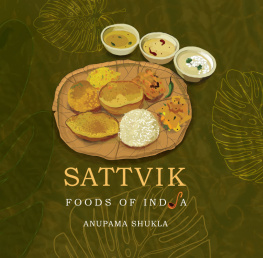


 1
1